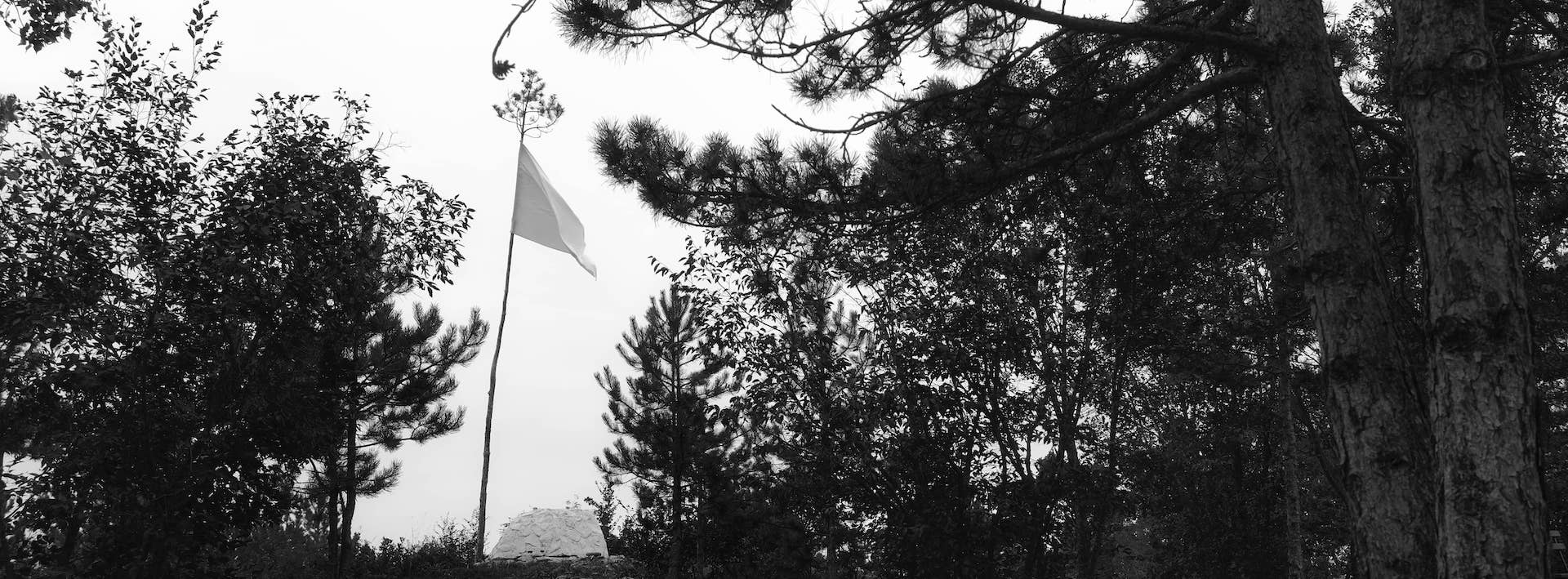
Frontiera Est is the first national project devoted to the enhancement, for educational and tourism-related purposes, of defensive structures built on Italy’s Eastern border throughout the 20th century. After Italy became a member of NATO in 1949, the border between Italy and socialist Yugoslavia took on a key role, turning into one of the main lines dividing the Western world and the Socialist bloc. Consequently, the Italian Army General Staff started developing a complex defence system for countering a potential invasion by the Red Army, which could have advanced through Yugoslavia or neutral Austria.
To respond to this scenario, a complex defence system of underground structures was built. Along the alpine region, Italy mostly reused the fortifications dating back to the 1930s and 1940s (known as the Alpine Wall, or “Vallo Alpino del Littorio” in Italian): impressive bunkers, dug directly into the rock, stretching in some cases for over one kilometre. In the Friulian plain, on the other hand, new structures were built, mostly in urban centres. The most fortified area was known as the “Gorizia Gap”, i.e the large plain area stretching from the city of Gorizia towards the Friulian plain. The total area covered by the defensive system was truly impressive: the northern part of Friuli Venezia Giulia, Veneto and Trentino-Alto Adige includes over eight hundred structures, complemented by over nine hundred built across the Friulian plain.
The structures were manned by the Italian Army (which included conscripts from all across the country) until the end of the Cold War, when the defensive system was decommissioned and the structures were abandoned. Today, only nine of these structures have been restored for educational and tourism-related purposes and can be visited by the public: seven in Friuli Venezia Giulia, one in Veneto and one in Trentino-Alto Adige. Moreover, hiking trails have been developed in the Karst area around Monfalcone: here visitors can see the outside of many of the fortifications in the area.
VISITABLE STRUCTURES

The Alpine Wall
The activities continued also after the start of the war and were permanently discontinued in the autumn of 1942. A total of nearly four hundred structures were built, both in the Friulian Alpine area and in Alto Adige, as well as a bit more than thirty in Cadore. These structures, called “works”, were grouped into compounds called “barriers”.
The Alpine Wall was never actually activated and following the end of the war, the structures it consisted of were completely abandoned. Subsequently, in the early 1950s, the Italian Army General Staff decided to use a part of the structures to deal with the new defence requirements brought about by the start of the Cold War.
The fortification system of the Cold War
In total, over one thousand fortifications in Friuli Venezia Giulia, over one hundred in Alto Adige and around ten in Veneto were reactivated and built. They were organised into compounds called “barriers” in the Alpine area and “works” in the plain area. The reactivated barriers from the Alpine Wall generally included large structures containing multiple emplacements for machine guns and anti-tank artillery. The newly built barriers and the works in the plains, on the other hand, featured a different structure that included a series of single positions, some for machine guns and others for anti-tank artillery.
The barriers and works were manned and maintained by the Italian Army for over thirty years, until, in the early 1980s, the first decommissioning operations began, which ended in the early 1990s.
